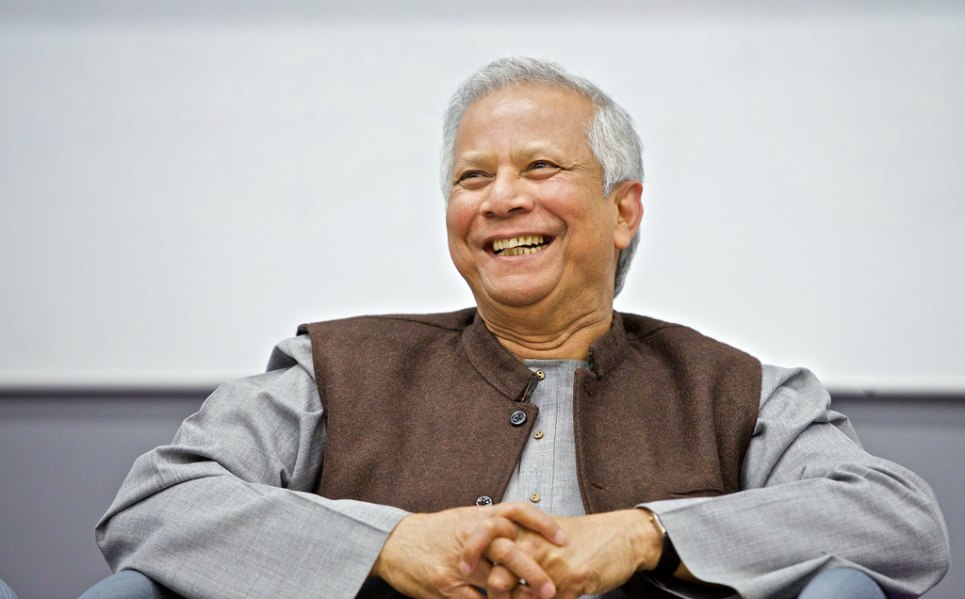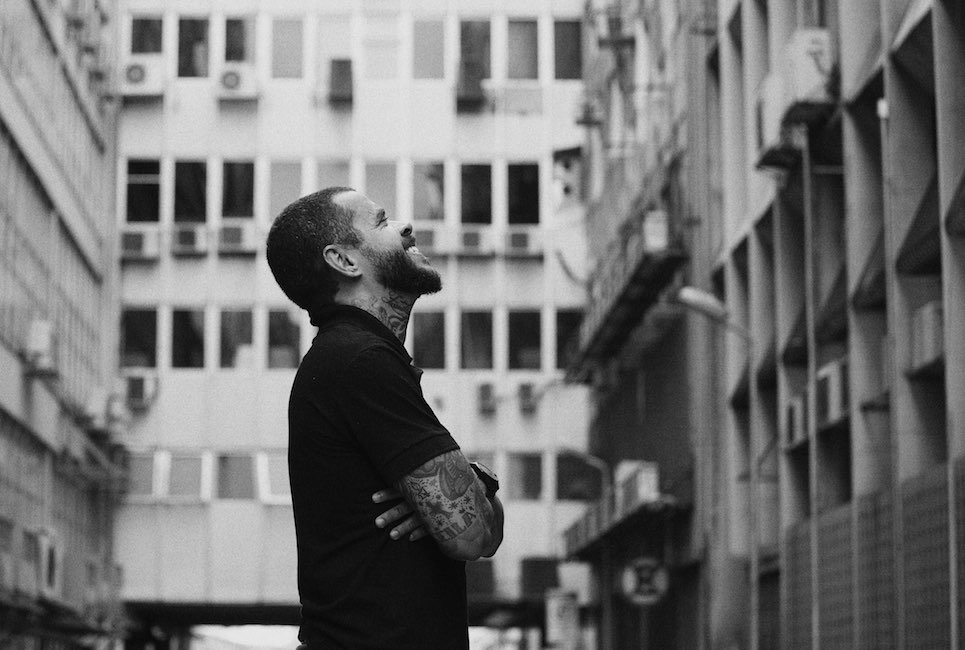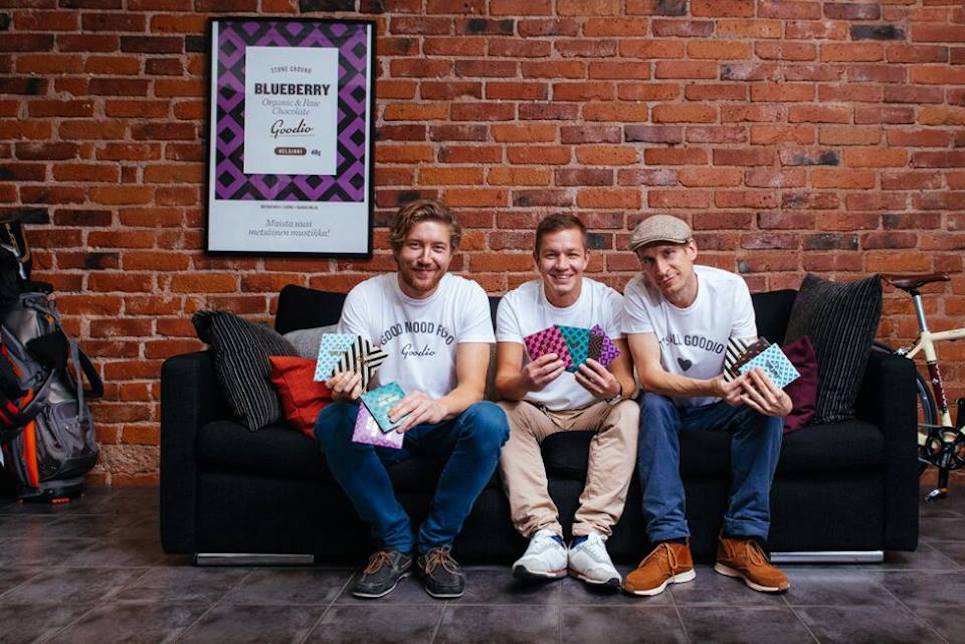There are times that you have a natural psyche to live and chase your dreams. But then there are also days that you can’t motivate yourself to even get off the bed.
You want to chase your dreams but you lack the courage to get out of your comfort zone.
You want to make a positive change in your life but you need something to give you that first push.
Surrounding yourself with positive thoughts is the first step towards making those positive changes in your life.
Motivation books and seminars are often not available when you need them most.
On the other hand, you can listen to the best inspirational podcasts virtually everywhere.
Here we have made a list of six amazing inspirational podcasts, in no particular order, that will motivate you and build you up:
1. Inspire Nation – Michael Sandler
Michael Sandler hosts some of the top authors, life coaches, spiritual leaders and leaders in other spheres of life to give inspirational talks. Two life-threatening experiences inspired Michael to start the show through which he aims to motivate people to live to the fullest of their potential.
The show’s commitment is to motivate you through the advice of these guests to help you shine brightly in all the aspects of life. To this end, they cover different topics depending on the guest’s area of expertise. The ideas you hear are practical and can be applied together to heal you lead a life of purpose.
Psychologist guests will guide you on how to rewire your life to achieve positivity, mental well-being, and happiness. The show also hosts spiritual leaders and experts to share their wisdom on why we are here and what to do about it. You will also get actionable ideas from Law of Attraction experts on how to live the life of your dreams.
If you are seeking to live a life of holistic excellence you need to add this podcast to your playlist.
2. Tiny Leaps Big Changes – Gregg Clunis
Gregg acknowledges the impact of the tiny things we do daily in our life.
This is the basis of this motivational, self-help and wellness podcast. Many people are unable to improve their lives because they look at the big change they wish to achieve and it seems too hard.
Gregg removes this hurdle by breaking the change you yearn for into smaller portions.
In each episode, he discusses some self-improvement strategies that you can incorporate into your daily habits to achieve the overall improvement in your life. By doing so, the change seems much more achievable and the listeners are inspired to start the strategy.
As far as self-help inspirational podcasts go, Tiny Leaps Big Changes stands out because the strategies that Gregg shares with you are not anecdotal. For each strategy he discusses, he gives the results of scientific studies that have been carried out about the strategy.
The show provides you with practical strategies that have been tested and proven to work.
Related: 6 Startup Apps To Help New Entrepreneurs Get Results
3. Optimal Living Daily – Justin Malik
In this show, Justin Malik has taken a different approach to podcasting. Rather than interviewing guests, he reads contents by other authors on productivity, minimalism, and self-development. He does this with the permission of the authors.
In each episode, you get to hear inspirational content on strategies you can use to transform your life. His show is a collection of top-quality content that he has sampled and found resourceful in helping you live an optimal life.
Most of the content of the Optimal Living Daily show is from blogs. Justin makes sure to mention the blogs from which he has sourced the content. If you find the content useful, you can follow source for similar content.
Justin does more than just give you amazing content, he also connects you with great authors that you can follow for further tips and ideas.
4. Change Creator Podcast – Adam Force
Get inspired by the best in business, social enterprise, and people on the front lines changing our world for good.
From business leaders such as Guy Kawasaki to Jake Orak, Founder of Ethnotek Bags – a creative social entrepreneur with quite an inspirational story to tell. Intensely curious, Adam asks the questions all of us wish we could. He gets some amazing insights as well!
Learn more than just business models, growth hacks, and productivity tips – get the real deal stories of people like Maggie Doyne, whose compassion to help children become a social enterprise that sustains real change in children’s lives.
“I’ve been listening to the Change Creator podcast off and on since December 2016, when social media from Tonle mentioned your interview with their founder Rachel Faller. Thank you for your recent unedited podcast on authenticity. Though there is discouragement, this episode has bolstered me to pursue the good that can come from producing music that reckons with society’s brokenness and concerts that open people’s minds to new ideas as they meet living composers.”
5. The Chalene Show – Chalene Johnson
Chalene Johnson is not your conventional motivational speaker. She is a health and fitness expert and you will detect her seriousness in the self-improvement process the minute you press play on her content. As your virtual life-coach, her energetic yet friendly voice will guide you through the steps that you need to make to improve your life.
In each episode, Chalene walks with you step by step through the challenges that life may through at you. She addresses topics like healthy living, positivity, and self-motivation.
As you follow Chalene step by step through her talks, you will soon start to pinpoint what areas of your life are holding you back. You will also start to realize that the solution to some of your problems is right in front of you.
You cannot listen to the Chalene Show and fail to change your life. At the end of each show, you will have a different perspective on almost everything in your life. You will also get insight into how other people perceive you thus prompting you to change for better.
6. Happier with Gretchen Rubin
Gretchen is committed to helping you live a life of happiness daily. She has authored a bestseller on how to make achieve happiness daily – The Happiness Project. There are other books by her that also discuss the pursuit of happiness in detail.
The Happier with Gretchen Show gives more insight into happiness as she interviews various experts on what happiness and how to achieve it. Together with her guests, she also discusses the habits that one can adopt on a daily basis in order to achieve the happiness they desire.
Read Gretchen’s books if you can. If you can’t make sure you listen to this show that will help you live a life of satisfaction day by day.
Final Thoughts
Whichever area of your life you wish to improve, you can always use a little inspiration to get you going.
These podcasts are just a sample of the great podcasts that you can easily access online for your self-improvement.
Utilize them to set your personal short term and long term goals and strategize on how to achieve the goals and dig up for even more.



















